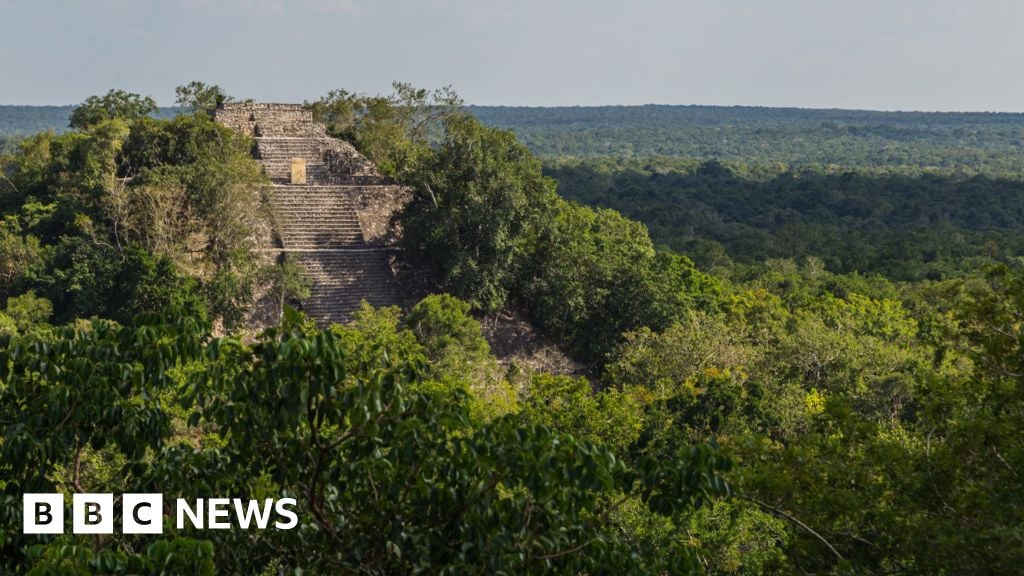- cross-posted to:
- offbeat@lemmy.ca
- globalnews@lemmy.zip
- cross-posted to:
- offbeat@lemmy.ca
- globalnews@lemmy.zip
A huge Mayan city has been discovered centuries after it disappeared under jungle canopy in Mexico.
Archaeologists found pyramids, sports fields, causeways connecting districts and amphitheatres in the southeastern state of Campeche.
They found the hidden complex - which they have called Valeriana - using Lidar, a type of radar survey that maps structures buried under vegetation.
They believe it is second in size only to Calakmul, thought to be the largest Mayan site in ancient Latin America.



the full section on that. he was looking for the lidar data to analyze.
I’m not sure why they didn’t just ask the group doing the lidar sweeps for the data, though. I find it hard to believe they’d tell an archeologist ‘no’ for some reason.
Depends on if enough of the team is superstitious, and fears their findings will lead to a greater disturbance unleashing a long forgotten ancient force that may devastate the region.
Buuut that’s highly unlikely, so yeah, weird they didn’t reach out. Unless they were the superstitious ones in a different way and wanted to be first to seize an ancient power (or less interestingly, they wanted the credit for the finding and didn’t want to let on what they were looking for).
Or worried that the site would be crushed up and used for road fill.
Hmm, yes, you’re onto something. I think we’ve sniffed out a very elaborate DnD campaign…in progress!
Exciting times.
Being a phd. myself, I would say it seems likely that the person in question wasn’t aware of the research/sweeps that had been done, and was searching through literature with the express purpose of finding out what kind of work had been done on the subject, when they came across this data.
The way I usually find out about a research campaign is by reading articles from said campaign. It’s very rare that I’ll need to reach out to the authors to ask for more data than what is available in their publications.
I’m not sure climate change peeps would necessarily publish the raw lidar map in a way that would be useful for an archeologist.
There’s a lot of data there.